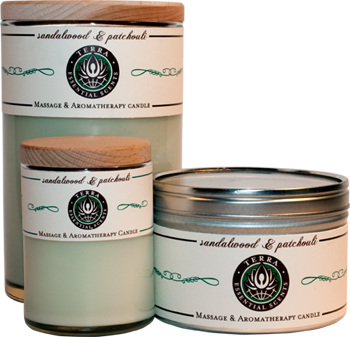
Before you hire a label designer or place a label order, there are steps you can take to better protect your candle labels’ quality while providing valuable safety information to customers. We’ve compiled data from various internal and external sources to help you better understand the technical aspects of labeling candle products. Whether you’re designing a candle label for the first time or updating your current label design, this article can help you get started in the right direction.
Industry Standards
Candles don’t face stringent government regulations like food and pharmaceutical products, but there are industry standards that candle manufacturers should follow since candles are considered a fire safety hazard. There are three organizations in particular that candle manufacturers should familiarize themselves with before obtaining labels: the Consumer Product Safety Commission, National Candle Association, and ASTM International.
These three organizations have worked interdependently to create industry standards that promote candle safety by providing technical support on:
- Terminology
- Cautionary labeling
- Product analysis/testing
- Container specifications
Once your candle product is ready to be labeled, the next step is to find a label supplier who has the material and printing capabilities to fulfill your custom label needs.
Questions We Ask Customers
When customers request custom candle labels, our dedicated customer service reps typically ask a series of questions to better ensure successful labels that can be smoothly applied to your product. Below are some of the questions you can expect to hear when you speak with one of our team members.
Will your labels be applied directly to the candle, wrapper or container?
- More often than not, custom candle labels are applied to a wrapper or container because it makes it easier to print and apply the label. Printing labels that will go directly on the candle can be challenging because the candle ingredients can penetrate the label’s layers and deteriorate its quality (Note: we do not print labels that go directly on candles). For example, soy candles can’t have a label directly on it because soy has a lower melting point than traditional waxes thus making it likely to damage the label.
What style of label are you looking for?
- Fortunately for candle label buyers, there are many different types of label materials they can choose from to customize their labels. Popular material choices include clear, metalized paper, foil, and semi-gloss – to name a few. We also carry all-temperature adhesives if the label’s adherence is a concern when the candle burns. It’s important to note, however, that porous materials (like matte or inkjet labels) will need a laminate finish to product the label from yellowing as the candle burns over time.
Are you applying the labels by machine or hand?
- Machine applying labels is the best method for getting a smooth and even label application. Clear labels, in particular, should be machine applied because it helps eliminate the possibility of bubbling so the clear candle label looks good. Bubbling is when air gets trapped between the label and application surface, and can be hard to avoid when applying clear labels by hand.
Is your container tapered?
- Containers that are tapered means that it becomes smaller from one end to another. You can tell if you have a tapered container if you put a ruler against the side of the container and you’re able to see space in between the ruler and container. Tapered containers are visually striking but can be difficult to label. That’s because the label needs to have a certain shape to work with the container’s tapered dimensions. Often times, a special die is required which typically results in additional tooling fees.
Does the bottom of the container have a ridge?
- Candle safety labels are usually applied to the bottom of a candle container for a couple reasons. First, safety product labels are an industry standard, and second, it doesn’t clutter the primary display panel label. The container’s shape is an important consideration because if there’s a ridge at the bottom of the container (i.e. a raised area around the container’s perimeters), then the label should be properly sized to fit within that space.
Wherever you’re at in the label buying process, we hope this information has helped you better understand the complexities of labeling candle products. We recommend that you freely communicate your label goals and concerns with your label supplier so there’s less chance of error and frustration from occurring. Have questions about labeling equipment? Check out our equipment guide and buying tips to help you find the right applicator for your needs.


